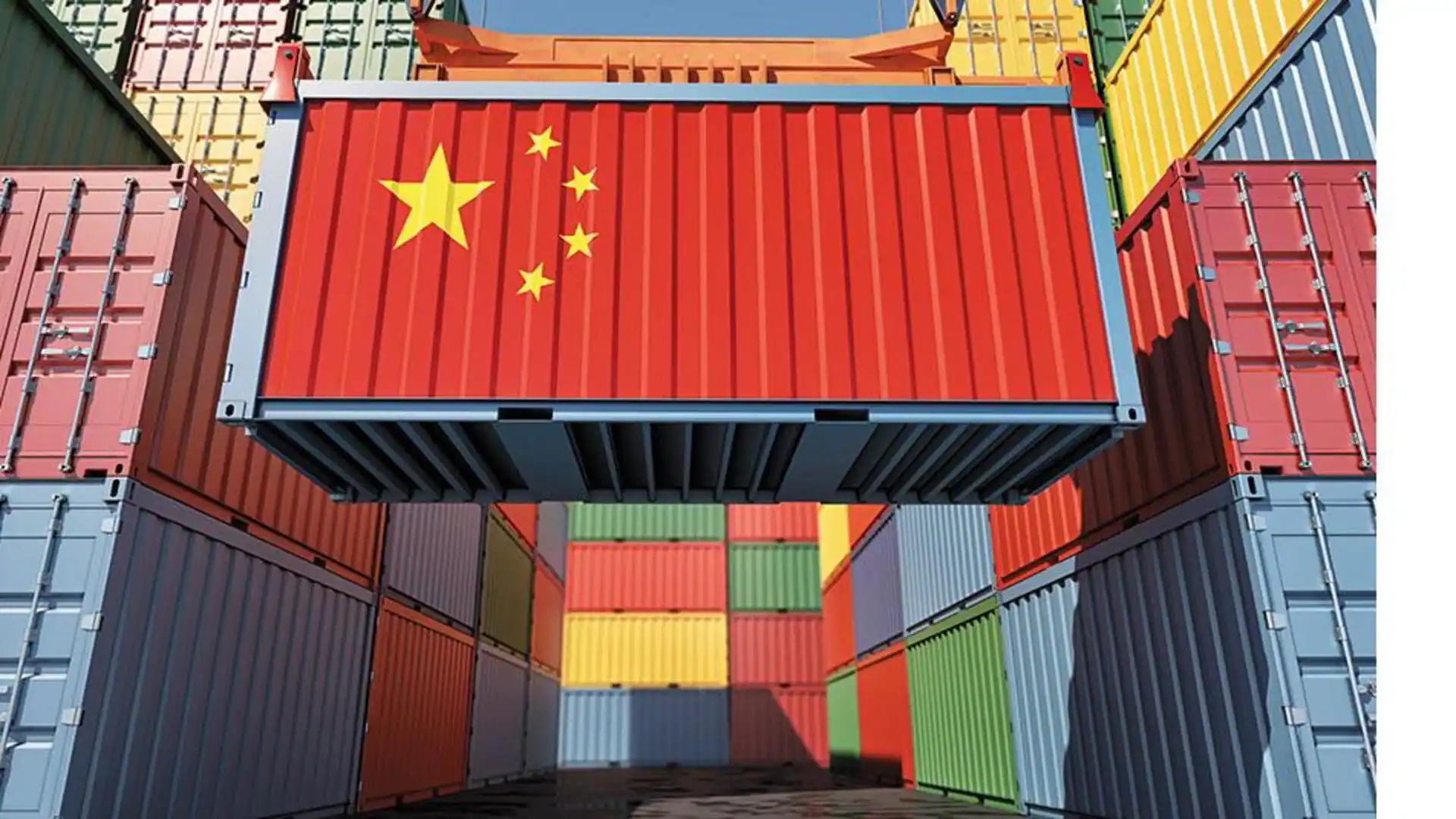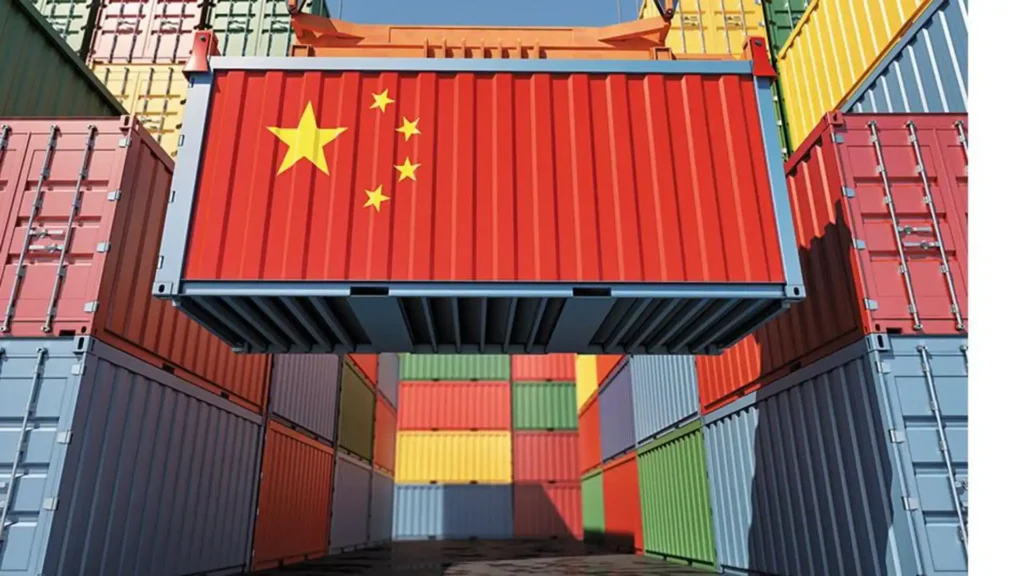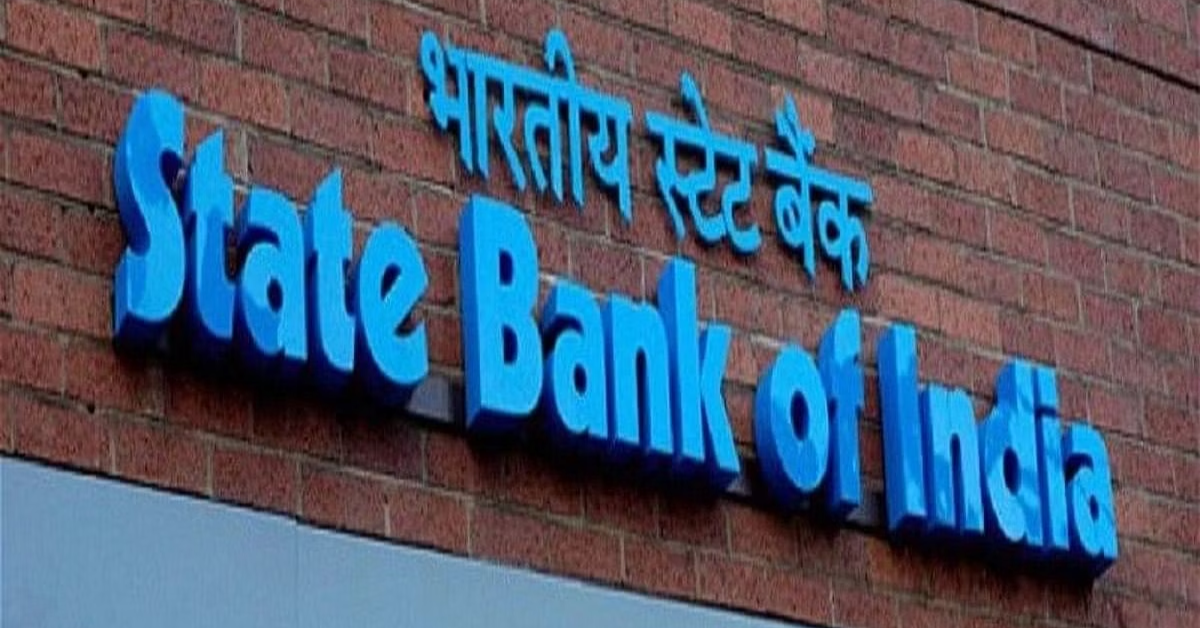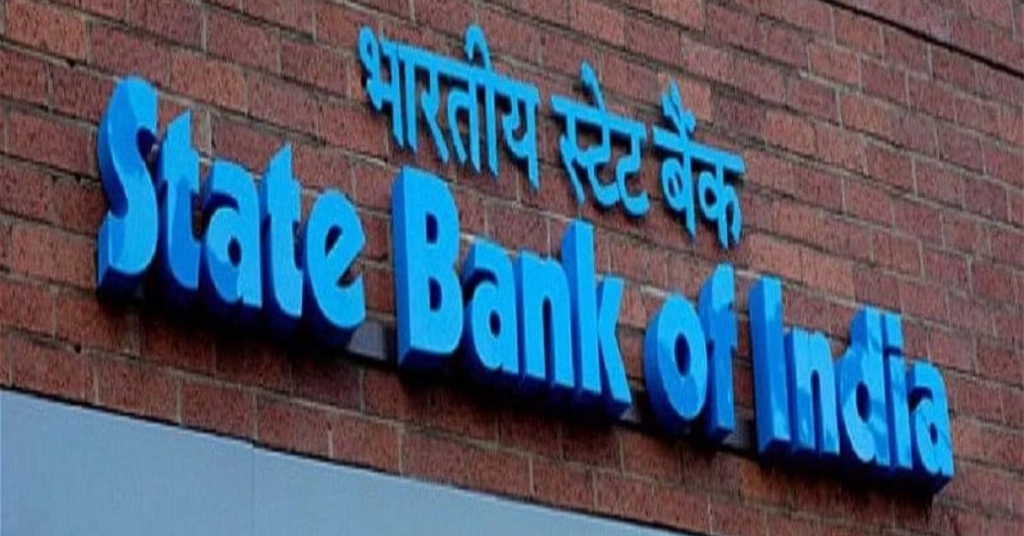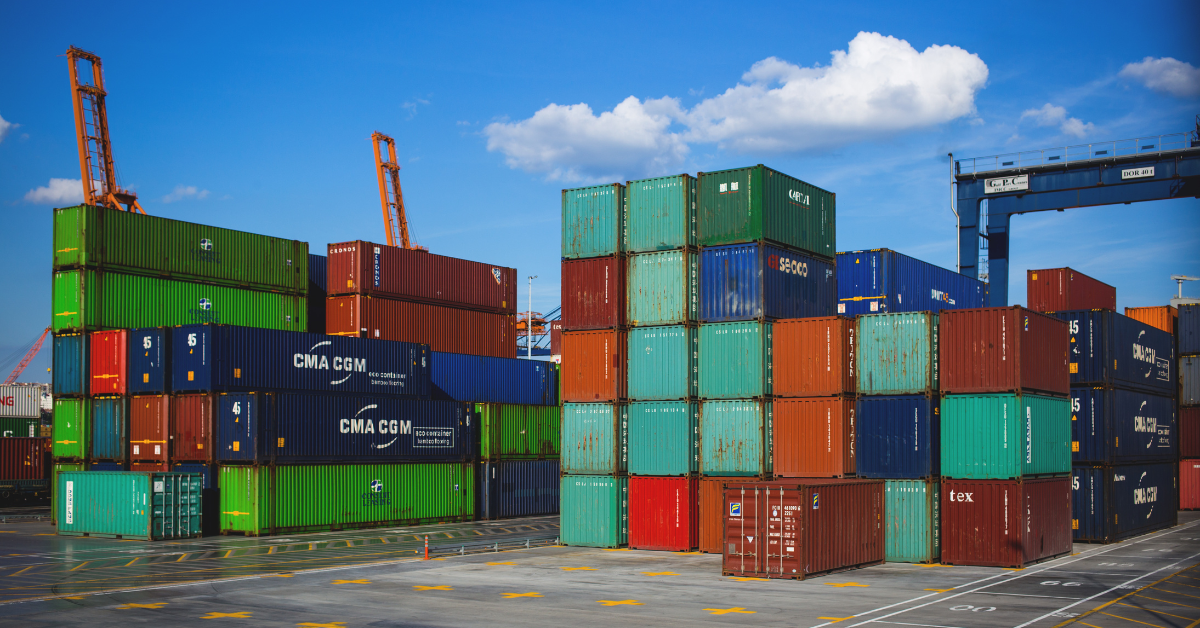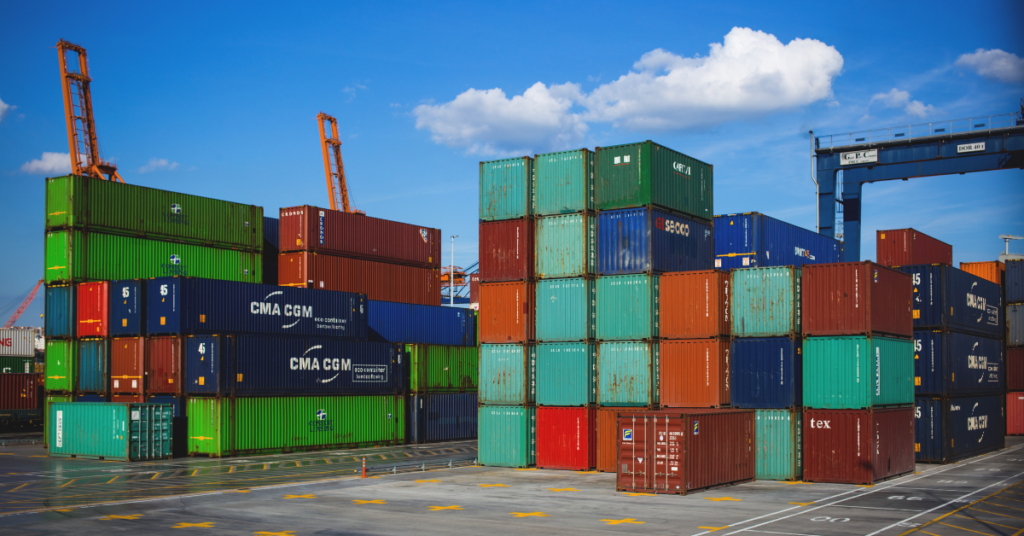Before you even think about launching a marketing campaign, you need a deep understanding of your target market. This involves more than just identifying your ideal customer; it requires a thorough understanding of their needs, motivations, and behaviours. Effective market research is crucial here. What problems do your potential customers face? What solutions are they currently using? What are their demographics, psychographics, and online behaviour? Answering these questions will allow you to tailor your marketing strategy and ensure your message resonates with the right people.
Conducting thorough competitive analysis is equally vital. Who are your main competitors? What are their strengths and weaknesses? What are their pricing strategies and marketing tactics? By understanding your competitive landscape, you can identify opportunities to differentiate your SME and gain a competitive edge. This might involve focusing on a niche market, offering superior customer service, or developing a unique selling proposition (USP) that sets you apart. Remember, understanding your market isn’t a one-off task; it’s an ongoing process that requires continuous monitoring and adaptation.
This detailed understanding forms the foundation of your marketing intelligence. Without it, your marketing efforts will lack focus and direction, leading to wasted resources and missed opportunities. By investing time and effort in understanding your market, you’ll be laying the groundwork for sustainable growth and increased profitability. This detailed market knowledge allows for a more precise marketing strategy, improving the efficiency of your campaigns and maximising your return on investment. Data analysis plays a significant role in this process, helping you to identify patterns and trends in customer behaviour and the competitive landscape.
For small businesses, particularly, this understanding is paramount. Limited resources mean that every marketing pound must be spent wisely. Using business intelligence effectively to understand your market will significantly increase your chances of success. This detailed understanding will inform your decisions around product development, pricing, and marketing channel selection, ultimately driving growth and boosting your bottom line.
Gathering Valuable Data
Now that you understand your market, the next step is gathering the data to support your marketing strategy. This involves a multi-faceted approach, combining both quantitative and qualitative data sources. Quantitative data, such as sales figures, website analytics, and social media engagement metrics, provides measurable insights into your performance. You can use tools like Google Analytics to track website traffic, identify popular content, and understand customer behaviour online. Social media analytics can reveal audience demographics, engagement levels, and sentiment towards your brand.
Qualitative data offers a deeper understanding of customer motivations and perceptions. Customer surveys, focus groups, and interviews can provide valuable feedback on your products or services, brand perception, and customer satisfaction. Monitoring online reviews and social media conversations can also offer valuable qualitative insights into what customers are saying about your business and your competitors. Remember to actively solicit feedback from your customers; they are a rich source of information.
For SMEs, leveraging readily available data is crucial. Government statistics, industry reports, and market research databases offer valuable insights into market trends and competitive landscapes. Many free or low-cost resources are available, allowing small businesses to gather significant data without breaking the bank. Effectively using business intelligence tools can help you organise and interpret this data, turning raw information into actionable insights.
Data analysis is key to making sense of all this information. By identifying patterns and trends in your data, you can gain a clearer picture of what’s working and what’s not. This allows you to refine your marketing strategy, optimise your campaigns, and improve your overall profitability. Remember that data gathering is an ongoing process. Regularly reviewing and updating your data will ensure your marketing intelligence remains current and relevant, driving continuous growth for your small business.
Analysing Market Trends
Now, let’s delve into the insights gleaned from your data. Effective data analysis is the key to unlocking the true potential of your market research. Look for patterns and trends in your sales data. Are there seasonal peaks and troughs? Which products are performing best, and why? Website analytics can reveal which marketing channels are driving the most traffic and conversions. Are your social media campaigns generating engagement and leads? By carefully examining this quantitative data, you can identify areas of strength and weakness in your current marketing strategy.
Equally important is the analysis of qualitative data. What recurring themes emerge from customer feedback? Are there common complaints or suggestions for improvement? What are customers saying about your brand on social media and review sites? This information provides invaluable context to the quantitative data, helping you understand *why* certain trends are occurring. For example, declining sales of a particular product might be explained by negative customer reviews highlighting a specific defect.
Competitive analysis plays a crucial role in this phase. How are your competitors performing? Are they launching new products or services? Are they changing their pricing strategies or marketing tactics? By monitoring your competitors, you can identify emerging trends and potential threats to your business. This ongoing analysis allows you to adapt your marketing strategy proactively, ensuring you remain competitive and relevant in the market. This is where business intelligence tools can significantly streamline the process, allowing you to easily compare your performance against key competitors.
Remember, the aim is to transform raw data into actionable insights that inform your decision-making. This ongoing data analysis process forms the core of your marketing intelligence, providing the foundation for a more effective and profitable marketing strategy. By regularly reviewing and interpreting your data, you can continuously refine your approach, maximising your return on investment and driving sustainable growth for your SME. The insights gained will allow you to make data-driven decisions regarding product development, pricing, and marketing channel allocation, all crucial for small business success.
Furthermore, consider external factors. Analyse industry reports and economic forecasts to understand broader market trends. Are there any regulatory changes or technological advancements that could impact your business? Integrating this external information with your internal data analysis provides a comprehensive view of the market landscape, enabling you to make informed strategic decisions. This holistic approach to market analysis is critical for long-term profitability and sustainable growth.
Developing Effective Strategies
Now you possess a robust understanding of your market and have gathered relevant data. The next step is to translate these insights into a concrete and effective marketing strategy. This involves leveraging your market research and competitive analysis to define clear objectives, identify target audiences, and select appropriate marketing channels. Your marketing strategy should be directly informed by the data you’ve collected, ensuring your efforts are focused and efficient.
Begin by setting Specific, Measurable, Achievable, Relevant, and Time-bound (SMART) goals. Instead of vague aspirations, define quantifiable targets, such as increasing website traffic by 20% in the next quarter or generating 100 new leads per month. These SMART goals provide a clear benchmark against which to measure your progress and assess the success of your marketing initiatives. Ensure these goals align with your overall business objectives and contribute to your long-term growth.
Based on your data analysis, refine your target audience segmentation. Your initial market research may have identified broad customer groups, but now you can further segment them based on demographics, psychographics, buying behaviour, and other relevant factors. This allows for more targeted messaging and campaign personalisation, leading to improved engagement and conversion rates. For example, you might tailor your messaging differently for younger, tech-savvy customers compared to older, more traditional ones.
With your goals and target audiences defined, you can choose the most effective marketing channels. Your data analysis should highlight which channels are currently performing well and which offer the greatest potential for future growth. This could involve a mix of online and offline channels, such as social media marketing, search engine optimisation (SEO), email marketing, content marketing, public relations, and traditional advertising. Prioritise channels that align with your target audience’s preferences and behaviours, maximising your return on investment.
Develop a comprehensive marketing plan outlining the specific tactics you’ll use to achieve your goals. This plan should include detailed timelines, budgets, and key performance indicators (KPIs) for each campaign. Regularly monitor your progress against these KPIs, making adjustments as needed to optimise your marketing strategy. This iterative approach is crucial for ensuring your marketing efforts remain effective and efficient over time. Remember to leverage business intelligence tools to streamline the monitoring and analysis process.
Allocate resources effectively. Small businesses often have limited budgets, so it’s crucial to allocate resources strategically, prioritising the most impactful marketing activities. Your data analysis will help you identify where your budget will yield the highest return. This might involve focusing on high-performing channels, investing in targeted advertising campaigns, or hiring specialists to enhance specific areas of your marketing strategy. This careful resource allocation is vital for maximising profitability and achieving sustainable growth for your SME.
Measuring Success and ROI
Measuring the effectiveness of your marketing efforts is crucial for any SME. This involves establishing clear Key Performance Indicators (KPIs) aligned with your overarching business objectives. For example, if your primary goal is increased sales, you might track metrics like conversion rates, average order value, and customer lifetime value. Website traffic, lead generation, and social media engagement are other valuable KPIs, providing insights into different aspects of your marketing strategy.
Regularly monitoring these KPIs allows you to assess the performance of individual marketing campaigns and identify areas for improvement. Data analysis is key here; you need to understand not just the numbers, but also the underlying trends and patterns. For instance, a sudden drop in website traffic might indicate a problem with your SEO, while a decline in conversion rates could suggest an issue with your website’s design or your sales process. Business intelligence tools can greatly assist in this analysis, automating data collection and providing insightful dashboards.
Beyond simply tracking KPIs, it’s vital to calculate your return on investment (ROI) for each marketing activity. This involves comparing the cost of your marketing efforts with the revenue generated. A positive ROI indicates that your marketing investments are paying off, while a negative ROI suggests a need for adjustments to your strategy. For small businesses, understanding and optimising ROI is particularly important due to limited resources. Precise data analysis is vital for making informed decisions on where to allocate marketing funds.
Remember that measuring success is an ongoing process. Regularly review your KPIs, analyse your data, and adjust your marketing strategy accordingly. This iterative approach, informed by marketing intelligence, ensures your campaigns remain effective and your marketing budget is used efficiently. This continuous improvement cycle is key to achieving sustainable growth and profitability for your SME.
Furthermore, consider qualitative measures of success alongside quantitative data. Customer satisfaction surveys, online reviews, and social media sentiment analysis provide valuable insights into how your brand is perceived. High customer satisfaction and positive brand perception often correlate with improved profitability and long-term growth. Integrating both quantitative and qualitative data into your analysis provides a holistic view of your marketing success and informs future strategic decisions. This comprehensive approach ensures your marketing efforts not only drive sales but also build a strong and loyal customer base.




